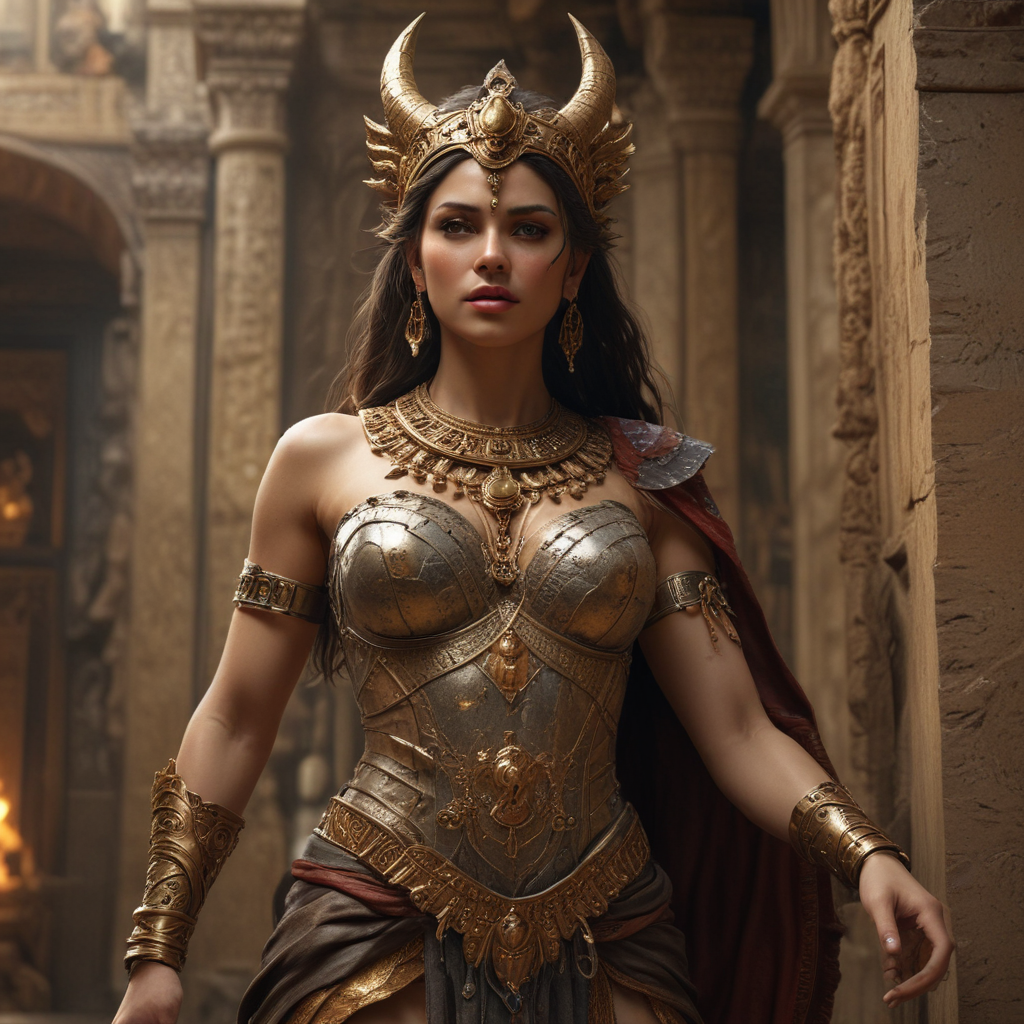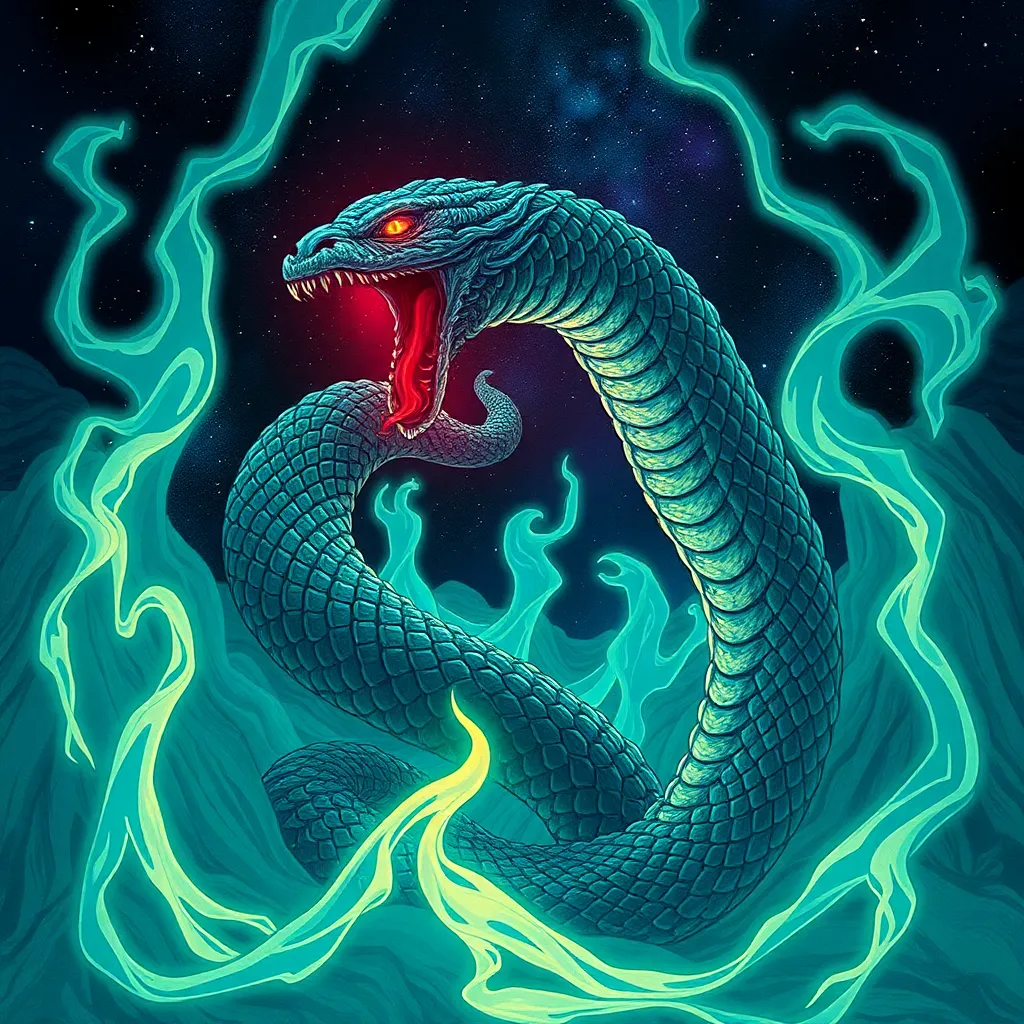The Myth of Lamashtu: Demon Goddess of Mesopotamian Mythology
I. Introduction
A. Brief Overview of Mesopotamian Mythology
Mesopotamian mythology, born from the cradle of civilization between the Tigris and Euphrates rivers, is a rich tapestry of myths, legends, and epics that illuminate the beliefs, fears, and aspirations of ancient Mesopotamian societies. This vibrant mythology, spanning millennia, offers a glimpse into the Mesopotamian worldview, where gods and goddesses, demons and heroes, interacted in a complex and fascinating cosmos.
The Mesopotamian pantheon was vast and diverse, with countless deities representing various aspects of nature, society, and human experience. From the mighty Anu, the sky god, to the wise Enki, the god of water and wisdom, to the fierce Ishtar, the goddess of love and war, each deity played a distinct role in shaping the Mesopotamian understanding of the world.
B. Introducing Lamashtu
Among the many deities of Mesopotamian mythology, Lamashtu stands out as a menacing figure, a demon goddess who embodies evil and threatens the well-being of humans, particularly mothers and infants. Described as a monstrous being with a lion's head, donkey's ears, sharp claws, and a hairy body, Lamashtu was feared for her malevolent powers and her insatiable desire to harm the vulnerable.
Lamashtu's myth reflects the anxieties and challenges faced by Mesopotamian society, where childbirth and infant mortality were significant concerns. Her terrifying image served as a warning and a reminder of the ever-present dangers that lurked in the shadows, threatening the delicate balance of life and death.
II. The Mythology of Lamashtu
A. Origins and Description
Lamashtu's origins can be traced back to the ancient Sumerian texts, where she was known as Dimme. Later, in Babylonian and Assyrian mythology, she emerged as a distinct and fearsome demon goddess. While the precise details of her origins remain shrouded in mystery, Lamashtu's monstrous form and malevolent nature have captivated and horrified audiences for millennia.
Ancient texts provide vivid descriptions of Lamashtu's terrifying appearance. She is often depicted as a composite creature with the head of a lion, the body of a donkey, the claws of a bird, and the hair of a woman. Her gaping mouth reveals sharp teeth, and her eyes burn with an evil glint. This grotesque image served as a potent symbol of Lamashtu's threat to humanity.
B. Powers and Abilities
Lamashtu possessed a range of supernatural abilities that made her a formidable force to be reckoned with. She could shapeshift into various forms, enabling her to infiltrate human settlements undetected. Her touch could inflict disease and death, and she was particularly feared for her ability to steal and devour infants.
In addition to her physical powers, Lamashtu also possessed magical abilities. She could cast spells, manipulate dreams, and even control the weather. These abilities further enhanced her malevolent influence and made her a constant source of fear and dread among the Mesopotamians.
C. Malevolent Nature
Lamashtu embodies the epitome of evil in Mesopotamian mythology. She is driven by an insatiable desire to harm



